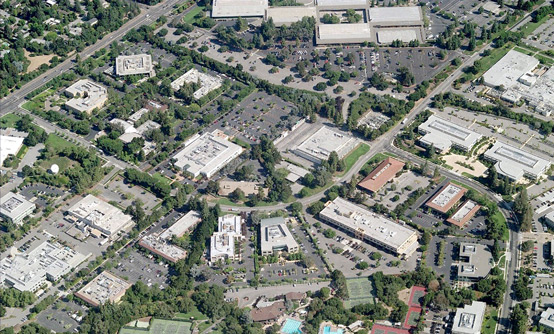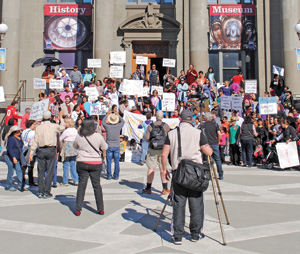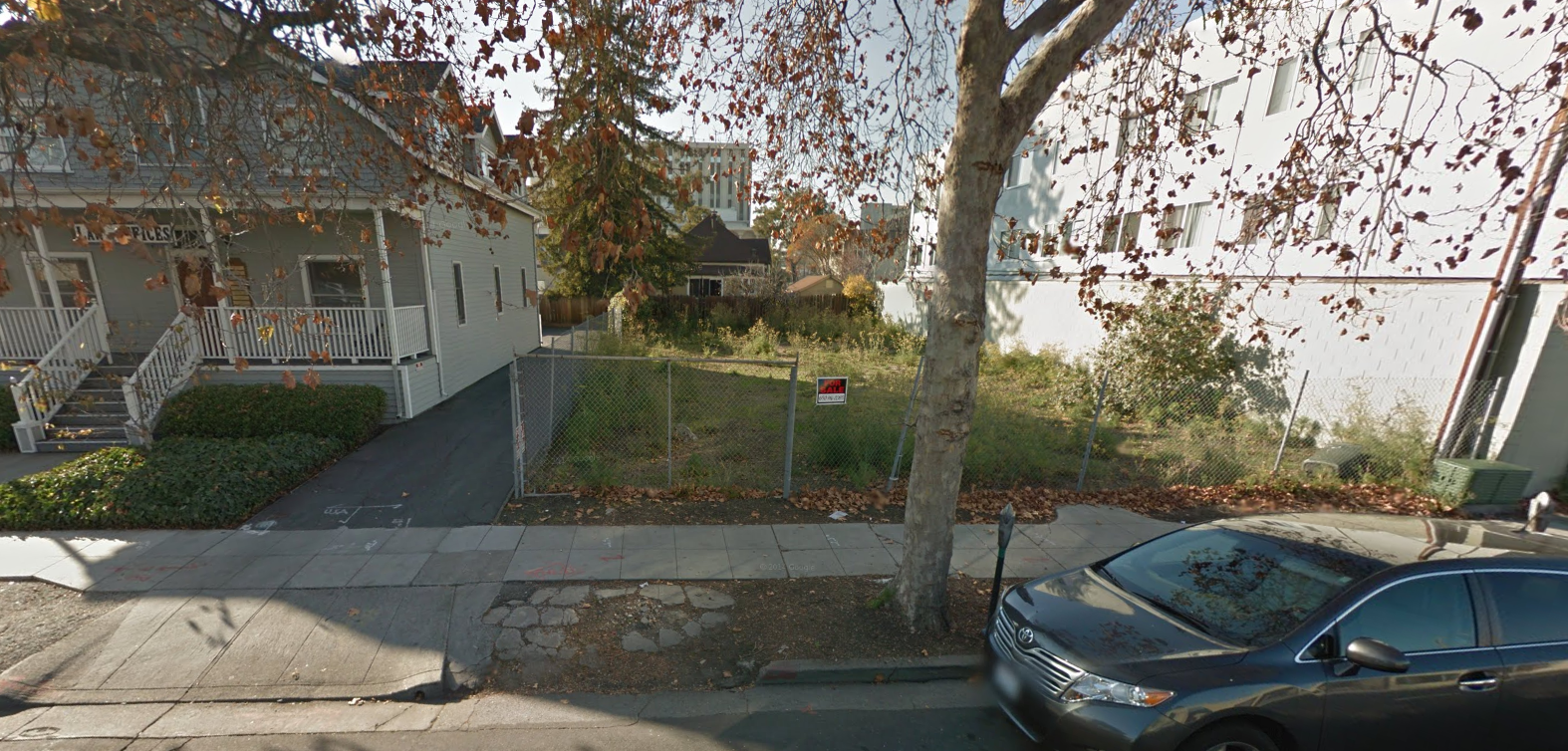Amid widespread resident concerns about rapid office growth in Palo Alto, city officials voiced support on Monday for an annual cap on commercial development. Though no such cap was actually passed at the meeting, the group seemed to be in consensus that it was the right thing to do. Vice Mayor Greg Schmid motioned for the group to move forward with exploring an annual cap of 10,000-45,000 sqft, but the staff voted instead to table the discussion until their next meeting on March 2nd.
Though all city officials who had a chance to speak on Monday did so in support of the commercial limitations, there were plenty in attendance who stood in strong opposition to the cap. Representatives from Stanford University were the most outspoken in their disapproval. They said that while the cap attempts to address the issue of too much traffic and not enough parking, the people and businesses that it will ultimately effect are not necessarily significant contributors to said issue. They fear that a cap would serve to bottleneck the productivity of institutions like The Stanford Research Park, which provides parking for its employees, and is a relatively "low density" facility. The park is also home to R&D facilities of companies like Tesla and Varian, which Stanford asserts are hugely valuable to the economic stability of the city.

- Birds-eye view of Stanford Research Park in Palo Alto
Still, city councilman Tom Dubois says, "It's not just about traffic and parking. It's about maintaining the aesthetics of the city." And it is unlikely that city officials will be easily dissuaded from passing some sort of cap. All five of the recently elected council members campaigned at least to some extent on a platform of limiting commercial impact on the city.
What would this cap mean for Palo Alto and the surrounding areas? Well, what's Palo Alto's loss could be the gain of cities further up the peninsula, who are already seeing growing commercial investment amid a shrinking supply of real estate at the heart of Silicon Valley. What we do know is that Redwood City's Pacific Shores Center is about to have a huge vacancy once Dreamworks Animation packs up their 193,000 square foot studio. And Stanford,
who has already proposed a 35-acre "Stanford in Redwood City" campus, may be pushed further into Redwood City and the surrounding areas should the cap be passed.
Also, assuming demand for commercial space in Palo Alto stays high, competition for what is available will likely drive rent prices even higher than they already are, which may force smaller businesses to look to places like Redwood City and San Mateo, where office space is more affordable.
Stay tuned for updates!
 Over 200 people rallied in Courthouse square this weekend in support of passing a rent control ordinance in Redwood City. A unifying sentiment among the crowd was that rents are rising much faster than incomes are in the area, forcing many long time residents to pack up their families and look somewhere more affordable. And some small business owners in attendance voiced concern that the wages they could afford to pay their employees were not sufficient to meet the rising cost of living in RWC.
Over 200 people rallied in Courthouse square this weekend in support of passing a rent control ordinance in Redwood City. A unifying sentiment among the crowd was that rents are rising much faster than incomes are in the area, forcing many long time residents to pack up their families and look somewhere more affordable. And some small business owners in attendance voiced concern that the wages they could afford to pay their employees were not sufficient to meet the rising cost of living in RWC.
